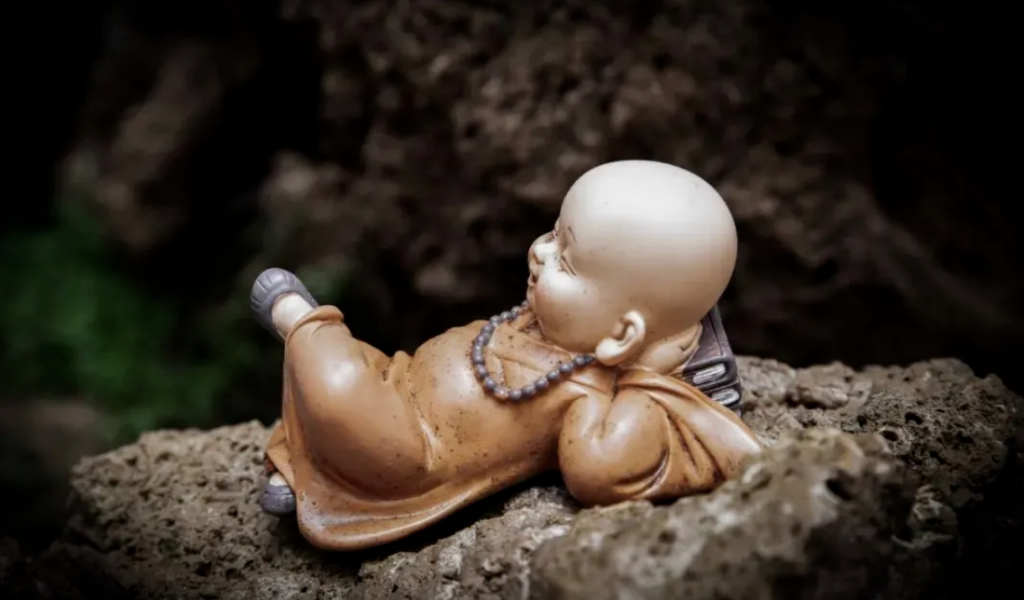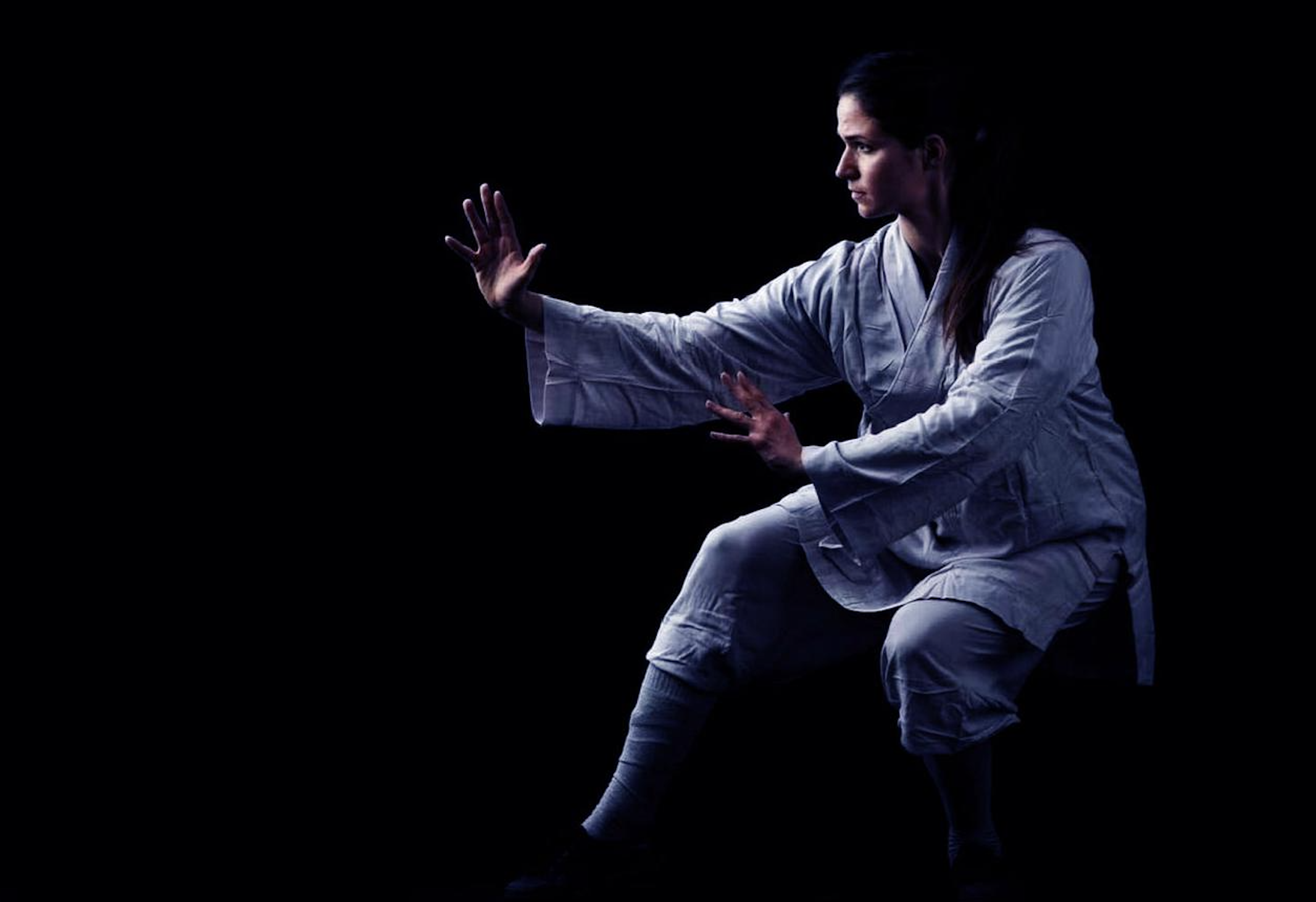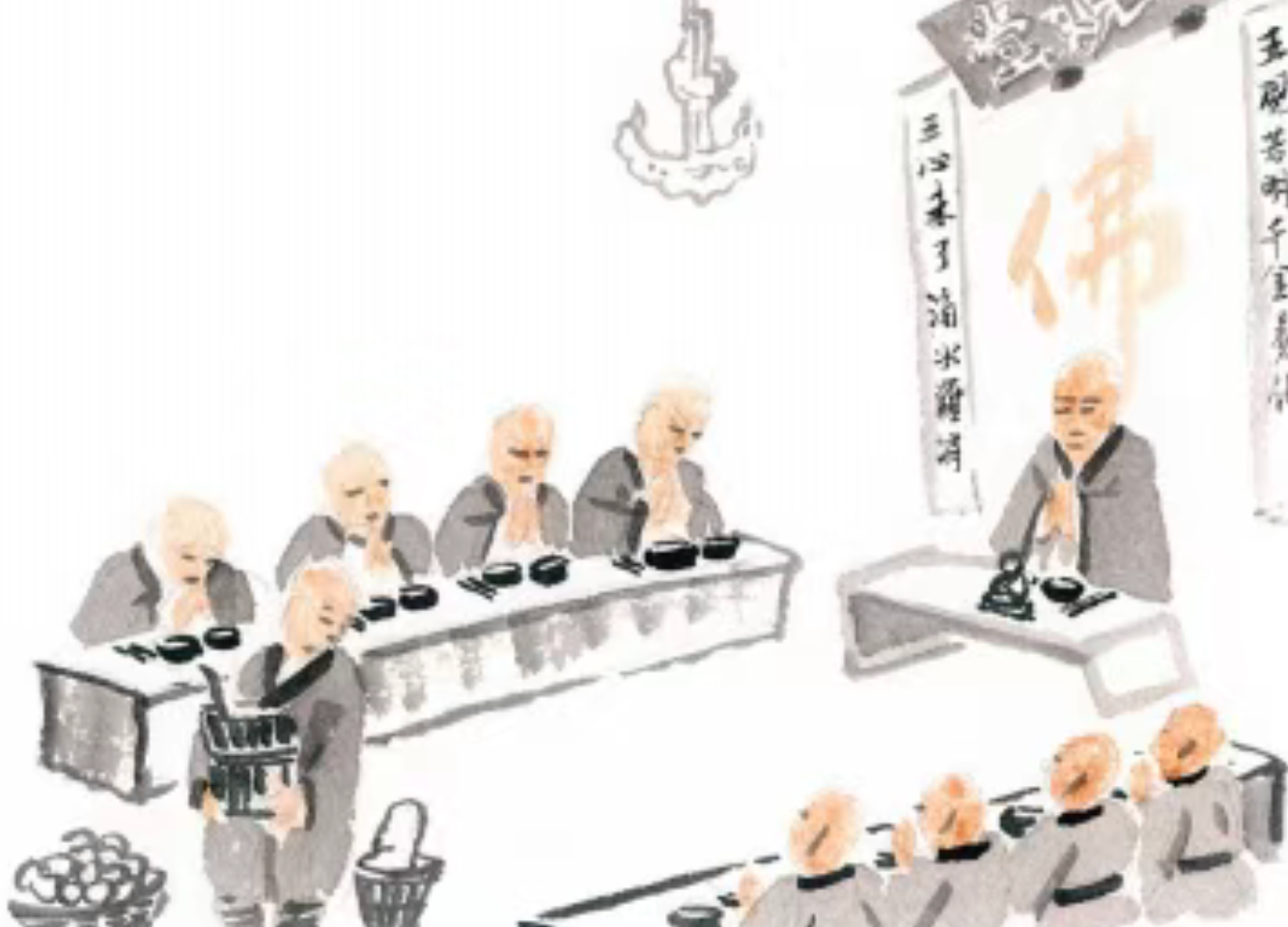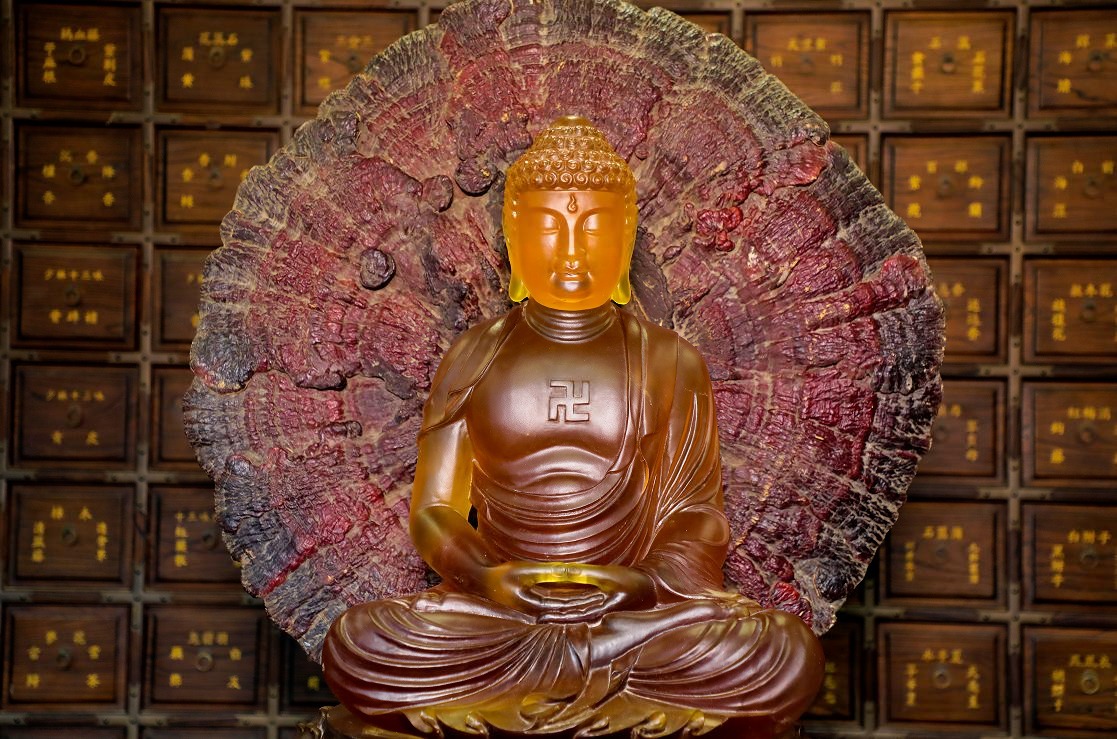
The Artistic Realm of Zen and Martial Unity
In the hallowed halls of Shaolin Temple, where the echoes of chanting monks blend with the sharp breaths of warriors, there exists a sublime fusion—Chan Wu Yi Ti, the oneness of Zen and martial arts. This is not mere physical training but a sacred art form, where every strike, every stance, is a brushstroke on the canvas of enlightenment.
No-Mind as the Foundation: The Zen of Unconscious Mastery
The Sixth Patriarch Huineng taught, “No-thought is the doctrine, no-form is the body, no-abiding is the foundation.” This principle lies at the heart of Shaolin martial practice. A true master does not “think” when fighting; the body moves as naturally as a river flows, without hesitation or calculation.
Consider the Luohan Eighteen Hands, an ancient Shaolin form. When performed by an adept, the techniques arise spontaneously, as if guided by an invisible wisdom. There is no “I” executing the moves—only pure action, free from the distortions of ego. This is Wu Nian (no-thought) in motion, where the practitioner becomes the art itself.
Martial Arts as Living Sutras
In The Essence of Art, the idea that “art is cultivation” finds profound resonance in Shaolin. The daily training of monks is not merely physical conditioning but a form of moving Zen. Each morning’s staff practice, each evening’s meditation, is a continuation of the same sacred dialogue between body and mind.
- Forms (Kata) as Mandalas: The intricate patterns of Xingyi Quan or Baguazhang are not random; they are geometric expressions of Buddhist cosmology, mapping the interplay of Yin and Yang, emptiness and form.
- Sparring as Koan Practice: Just as a Zen student wrestles with paradoxical riddles, a Shaolin disciple engages in combat to shatter illusions of separation. Victory is not the goal—awakening is.
The Artistry of Discipline
A sculptor chips away at marble to reveal the statue within; a Shaolin monk hones his body to unveil the Buddha-nature. The grueling Qi Gong drills, the relentless stance training—these are not punishments but refinements, stripping away the coarse to reveal the divine.
When a master demonstrates Iron Body skill, it is not a display of toughness but a testament to transcendence. The flesh becomes a vessel for something greater, much like how a painter’s brush becomes an extension of the soul.
Conclusion: The Warrior as Artist
In the end, Shaolin Kung Fu is the highest form of artistic expression because it requires the artist to become the art. There is no separation between creator and creation, between fighter and fight. This is the ultimate teaching of Zen: Form is emptiness, emptiness is form.
Amitabha.
[Note: Wu Nian (无念) refers to the state of thoughtless awareness, a core Zen concept emphasizing direct experience over intellectualization.]



